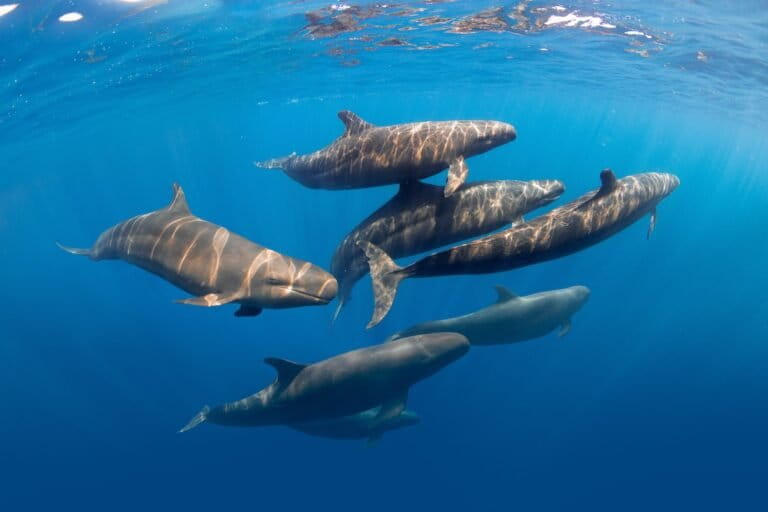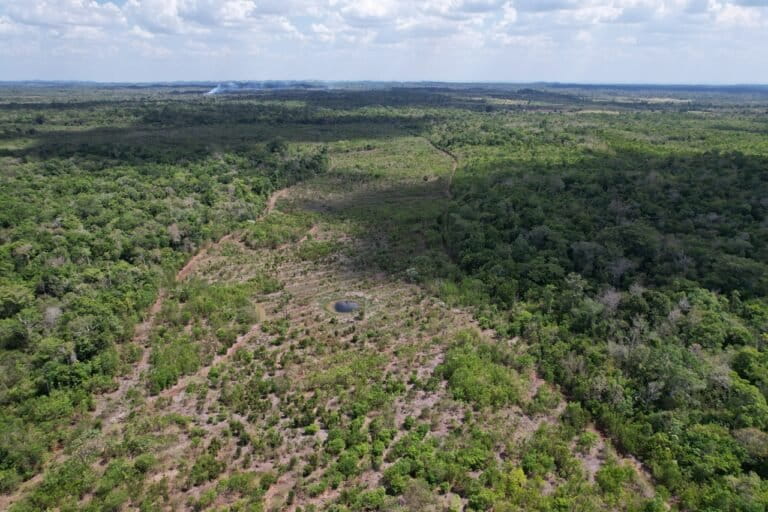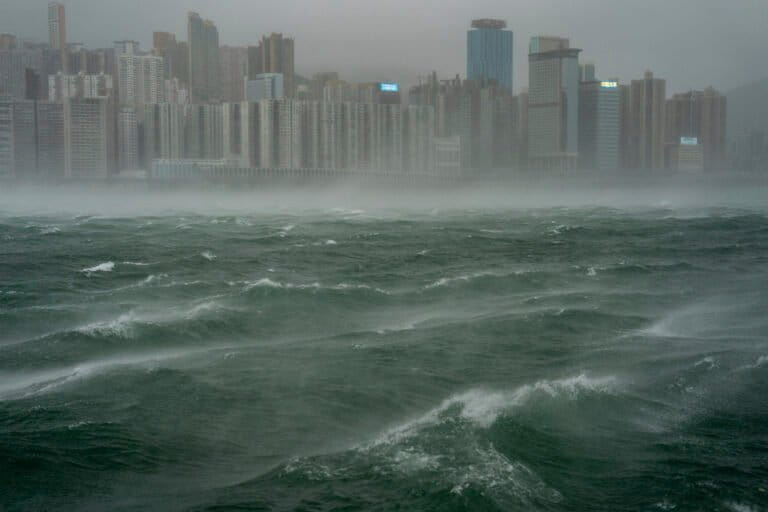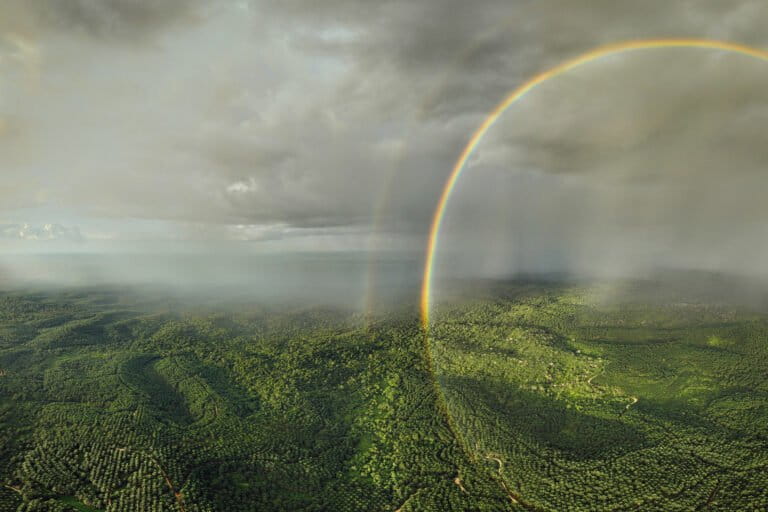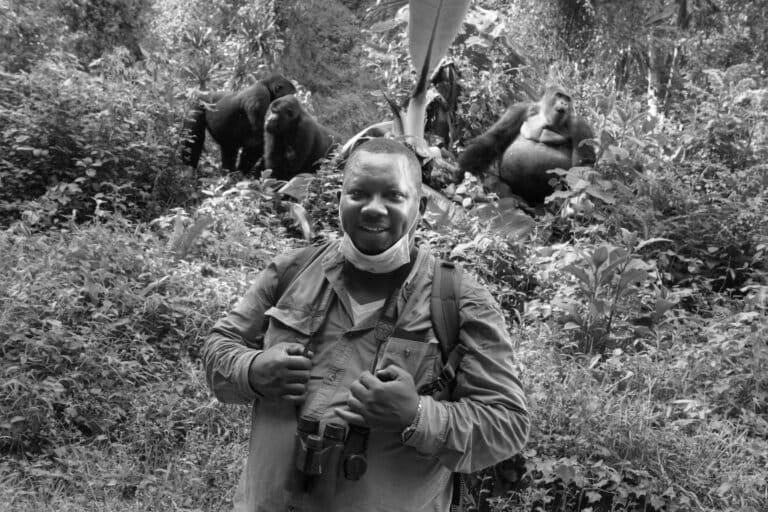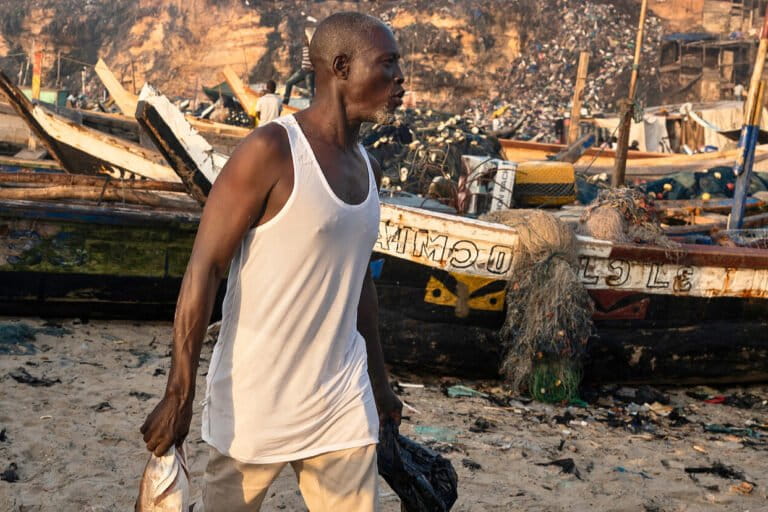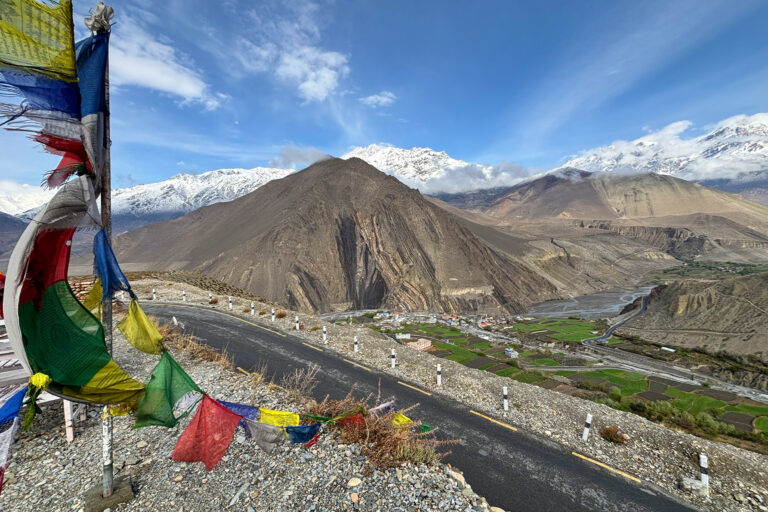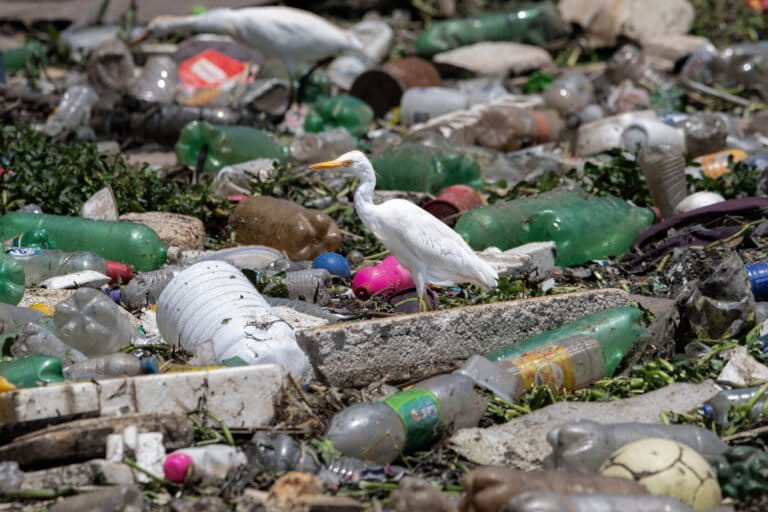- Ecuador’s president announced on Nov. 1 an expansion of the existing Galápagos Islands marine reserve to encompass an additional 60,000 square kilometers (23,200 square miles).
- The majority of the addition would be established across the Cocos Ridge, which is an important migration route for species like hammerhead sharks and leatherback turtles.
- The following day, the presidents of Ecuador, Panama, Colombia and Costa Rica also announced that the four countries intended to create a large marine corridor between their four countries by extending and joining their current marine protected areas.
- Experts say that the new Galápagos marine reserve, in conjunction with the larger corridor, would help protect a range of migratory species.
Ecuador will expand the marine reserve encircling the Galápagos Islands, President Guillermo Lasso announced on Nov. 1 at the COP26 climate summit in Glasgow, Scotland.
The current Galápagos Marine Reserve covers 133,000 square kilometers (51,400 square miles) around its namesake islands, and the extension will protect an additional 60,000 km2 (23,200 mi2).
The majority of the addition will be established across the Cocos Ridge, an underwater mountain range on the northeastern side of the Galápagos Islands that forms an important migration highway known as the Cocos-Galápagos Swimway. In one part of the new reserve, all fishing activity will be banned, while another part will only prohibit longline fishing.
“The proposal that I’m bringing here is a result of five months of negotiations with … the fishing industry and other sectors,” Lasso said at a press conference through a translator. “We made them understand the importance of this marine reserve.”
Lasso said the reserve will not only support and strengthen the region’s biodiversity, but will help combat climate change. He added the reserve’s establishment would be a debt swap for conservation, but didn’t provide further details about this.
The president has not yet signed the decree for the establishment of the reserve, but experts say they expect this to happen soon.
Earlier this year, activists presented a scientific proposal to extend Galápagos Marine Reserve by 445,953 km2 (172,183 mi2) — more than triple its existing size — to then-president Lenín Moreno, but the Ecuadoran government didn’t take any action at that time. Lasso succeeded Moreno in May after winning the runoff presidential election the previous month.

Alex Hearn, a marine fisheries ecologist at Universidad San Francisco de Quito and the NGO MigraMar, and also the lead author of the initial proposal, said the recent announcement of the reserve is a “first step” in addressing some conservation objectives, including the protection of threatened migratory species, including scalloped hammerhead sharks (Sphyrna lewini) and leatherback turtles (Dermochelys coriacea).
“The important thing, of course, is going to be to make sure that the no-take area is carefully positioned so that we get the best conservation outcome for that area,” Hearn told Mongabay in a phone interview.
He added that migratory species would only reap the benefits of the newly expanded Galápagos reserve if Costa Rica protected the other half of the Cocos-Galápagos Swimway, ensuring that animals could safely move between Darwin Island and Costa Rica’s Cocos Islands and beyond.
Eliecer Cruz, a former governor of the Galápagos and spokesperson for the citizen initiative Más Galápagos, a group that campaigned heavily for an extension of Galápagos Marine Reserve, also expressed satisfaction with the Ecuadoran president’s decision.
“Looking ahead, this is a strong step in the right direction for marine protections for the Galápagos in order to maintain the health of our spectacular array of marine life — and our economy,” Cruz said in a statement. “Our marine reserve has been remarkably productive, but we must build further on that success.”
The day after the Galápagos news, Ecuador, Panama, Colombia and Costa Rica also announced at COP26 that they intended to join forces to create a large marine corridor between their four countries by extending and joining their current marine protected areas, along what is known as the Eastern Tropical Pacific Marine Corridor (CMAR). In a declaration signed by the four nations’ presidents, the leaders say this move will help them protect 30% of their marine waters by 2030 — a goal that is being supported by an increasing number of countries and other entities.
Together, the extended marine reserves across the four countries’ territorial waters could span over 500,000 km2 (193,000 mi2).
Luis Suarez, vice president of Conservation International Ecuador, said there’s been a proposal to protect the CMAR since 2004, and the commitment made on Nov. 2 will help solidify those plans.
“It’s a big achievement — a big advance — because it’s the first time that the four presidents sign this new declaration,” Suarez told Mongabay in a phone interview. “It will give this initiative a big push.”
Max Bello, an international ocean policy expert at the NGO Mission Blue, says there will still be plenty of work to do to ensure that the marine reserves are properly managed and enforced. If they are managed well, he says, the marine corridor between the four nations will go far in helping protect migratory species that regularly move through the region.
“The same hammerhead shark that you might be diving with in the Galápagos might be the same shark you might be diving with later in Mal Pelo [in Colombia],” Bello told Mongabay in a phone interview. “You need the connectivity [between reserves].”
Banner image caption: A turtle swimming in the Galápagos Islands. Image by Greg Asner.
Elizabeth Claire Alberts is a staff writer for Mongabay. Follow her on Twitter @ECAlberts.
FEEDBACK: Use this form to send a message to the author of this post. If you want to post a public comment, you can do that at the bottom of the page.







